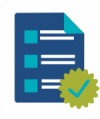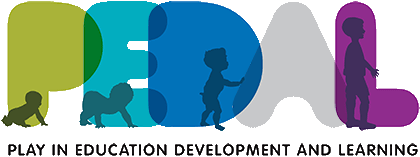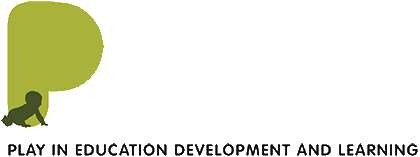Self-regulation helps children guide their thoughts, emotions and behaviours to accomplish a goal (such as deciding to finish homework instead of watching TV). The cognitive aspect of self-regulation is called executive function, and includes working memory, inhibitory control and cognitive flexibility. These are important for planning, goal-directed behaviour, following instructions and organising information1.
- Working memory: remembering information while manipulating it (for example, mentally subtracting three from five requires working memory as the numbers -3 and 5 – have to be kept in mind while performing the actual calculation)
- Inhibitory control: stopping one behaviour and showing a different behaviour instead (choosing to focus on what the teacher is saying in class instead of daydreaming about football)
- Cognitive flexibility: switching between different situations (for example, from a lively lunch break to a quiet phonics lesson) or mind-sets (considering different perspectives)
To show goal-directed behaviour, the child needs to keep the goal in mind and control being distracted by other things, and possible alternatives also have to be taken into consideration2.
Self-regulation and executive function are often compared to an air traffic control system. Like a busy airport where planes need to be coordinated across different runways and flight paths to stop them crashing into each other, the child’s brain has to perform simultaneous functions. It has to inhibit distraction, keep information in mind and process it, shift between different situations, and curb impulsive behaviour to show appropriate behaviour instead3.
Self-regulation and executive function are also associated with children’s school readiness4, academic achievement5, classroom behaviour6 and social competence7.
So, it is vital to know how these skills can be developed in the classroom.
How can self-regulation be promoted in the classroom?
Approaches to teaching that promote self-regulation/executive function in the classroom include:
- Tools of the Mind
- Montessori
- Promoting Alternative Thinking Strategies (PATHS)
- Chicago School Readiness Project (CSRP)
Most of these programs emphasise a child-led, playful approach that is supported by structure. For example, the Tools of the Mind curriculum encourages young learners to listen carefully by showing a picture of an ear – the picture serves as a reminder of what the child should be doing. Another activity is ‘buddy reading’, where children practice taking turns as well as listening and storytelling8. In a supportive and structured manner, a Montessori teacher will give children the freedom to choose from a range of activities every day. Teachers aim to find tasks that are challenging for the children9, 10. This approach is linked to Vygotsky’s theory that children develop higher levels of executive function if they are challenged and supported at an appropriate level.
Research on parenting also emphasises the importance of scaffolding for the development of children’s executive function11, 12. Scaffolding is supporting a child whilst he or she tries something difficult, giving them ‘just enough’ of the tools and confidence to complete the task. Teachers also use scaffolding techniques in the classroom to encourage, support and develop new skills.

References
1A normative-developmental study of executive function: A window on prefrontal function in children (Welsh et al., 1991)
2Executive functions and self-regulation (Hofmann et al., 2012)
3Learning Through Play (Center on the Developing Child, Harvard University)
4Early intervention for low birth weight, preterm infants: The role of negative emotionality in the specification of effects (Blair, 2002)
5Relating Effortful Control, Executive Function, and False Belief Understanding to Emerging Math and Literacy Ability in Kindergarten (Blair & Razza, 2007)
6The contribution of children’s self-regulation and classroom quality to children’s adaptive behaviours in the kindergarten classroom (Rimm-Kaufman et al., 2009)
7The Mediational Role of Neurocognition in the Behavioural Outcomes of a Social-Emotional Prevention Program in Elementary School Students: Effects of the PATHS
Curriculum (Riggs et al., 2006)
8Tools of the Mind: The Vygotskian Approach to Early Childhood Education (Bodrova & Leong, 2007)
9Preschool children’s development in classic Montessori, supplemented Montessori, and conventional programs (Lillard, 2012)
10The early years: Evaluating Montessori education (Lillard & Else-Quest, 2006)
11From External Regulation to Self-Regulation: Early Parenting Precursors of Young Children’s Executive Functioning (Bernier et al., 2010)
12How do families help or hinder the emergence of early executive function? (Hughes & Ensor, 2009)

Useful resources
- Transforming Teaching and Learning (Tools of the Mind)
- Montessori Education UK
- Promoting Alternative Thinking Strategies (PATHS)
- Chicago School Readiness Project (NYU)
- Executive Function & Self-Regulation (Center on the Developing Child, Harvard University)

Janina Eberhart
PEDAL PhD Alumni

